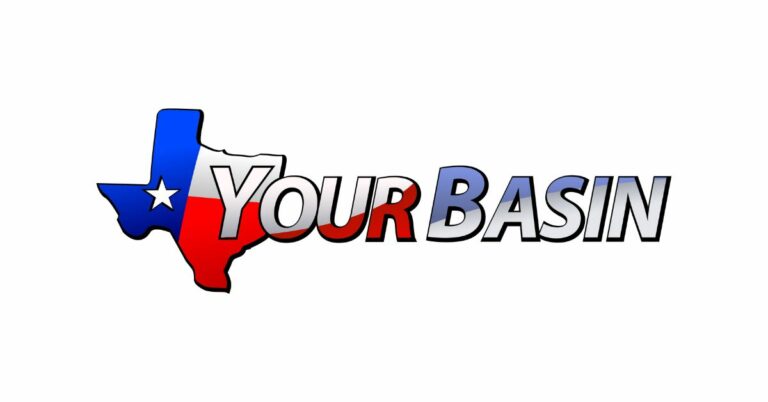A New Study Calculates the Potential Price Tag of Living in Midland, Odessa

This article was originally published on YourBasin.com
MIDLAND/ODESSA, Texas (KMID/KPEJ)- Doxo’s 2024 Cost of Bills Index Report, featured this week in Business Insider, compared the cost of living in the Midland-Odessa area with the rest of the United States.
Here’s what the study showed for each city and what it means for anyone moving to the area: The report compared the average the amount the residents in Midland and Odessa spend on household bills, excluding the cost of gasoline and groceries; while Midlanders do seem to spend a little more on bills, the average income in Midland is also higher, when compared to Odessa, according to that report.
In all, the study showed that Midlanders spend about $2,320 per month on average on household bills, or $27.827 per year, making Midland the 101 most expensive city in Texas. The report said that Midlanders spend about $2,324 more per year than the average American.
In Odessa, the average household reportedly spends about $2,069 per month on bills, or $24,830 per year, about 3% less when compared to the United States average. The study showed that most households in Odessa spend about $683 less per year on bills when compared to the U.S. average, and listed Odessa as the 139 most expensive city in Texas.
Here’s a full breakdown of average expenses by category:
Average mortgage
Midland: $1,910
Odessa: $1,464
Average rent
Midland: $1,355
Odessa: $1,237
Average amount spent per auto loan
Midland: $684
Odessa: $564
Average monthly utilities (water, gas, electric)
Midland: $276
Odessa: $328
Average cost for auto insurance
Midland: $237
Odessa: $170
Average cost for health insurance
Midland: $166
Odessa: $67
Average cost for life insurance
Midland: $77
Odessa: $95
Average cost for a mobile phone
Midland: $103
Odessa: $106
Average cable/internet bill
Midland: $120
Odessa: $124
Average cost for security/alarm services
Midland: $88
Odessa: $141
In total, the study showed that household bills account for 31% of the annual household income of $89,947 in Midland, while in Odessa, those same bills account for about 35% of the annual income of $71,955. To see the full study and compare your cost of living with other areas across the state or the country, visit this website.
Overview & Methodology
In general, “Cost of Living” is defined as the amount of money required to cover the necessary expenses to maintain a certain lifestyle in a given location. These expenses typically include many things like housing, utilities, food, transportation, taxes, and more. Because Cost of Living varies from place to place, this metric is typically designed to help consumers determine how affordable it is to live in any given state, county or city across the country.
doxo is the industry’s authoritative source for the Cost of Living in the United States specifically as it relates to household bills. doxoINSIGHTS, doxo’s proprietary household bill pay data set, examines these household bills at the national, state, county and city level, providing the deepest look into the Cost of Bills for the ten most essential categories – Utilities (water, electric, gas and waste), Cable & Phone, Mobile Phone, Auto Loans, Auto Insurance, Life Insurance, Health Insurance, Alarm & Security, Rent, and Mortgage.
What is doxo’s Cost of Bills Index (COBI)?
Similar to a Cost of Living Index, doxo’s Cost of Bills Index (COBI) is designed to illustrate how much it costs to live in one area as compared to another with a specific focus on household bills. The composite index is based on the average cost of the following in a given area: Utilities, Cable & Phone, Mobile Phone, Auto Loans, Auto Insurance, Life Insurance, Health Insurance, Alarm & Security, Rent, and Mortgage.
For the COBI, the number 100 represents the national average and then, states, counties and cities are assigned a number, either above or below 100, based on how they compare to the national average. For example, the COBI for Seattle, WA is 143, meaning 43% above national average, while the COBI for Charleston, WV is 84, meaning 16% below national average.
Through the easy-to-navigate tool, the COBI offers three key ways to examine the household cost of bills for each state, county and city:
- Standard COBI: household bills expense per month, including housing. This version of the COBI is representative of the total amount spent on the ten most common household bills in a given area, inclusive of mortgage and rent, as it relates to the average national income.
- Standard COBI Without Housing: household bills expense per month, excluding housing. This version of the COBI is representative of the total amount spent on the ten most common household bills in a given area, excluding mortgage and rent, as it relates to the average national income.
- Income-Adjusted COBI: household bills as a percent of income, including housing. This version of the COBI is representative of the total amount spent on the ten most common household bills in a given area, including mortgage and rent, as it relates to the average income in the local (state, county, city) area.
